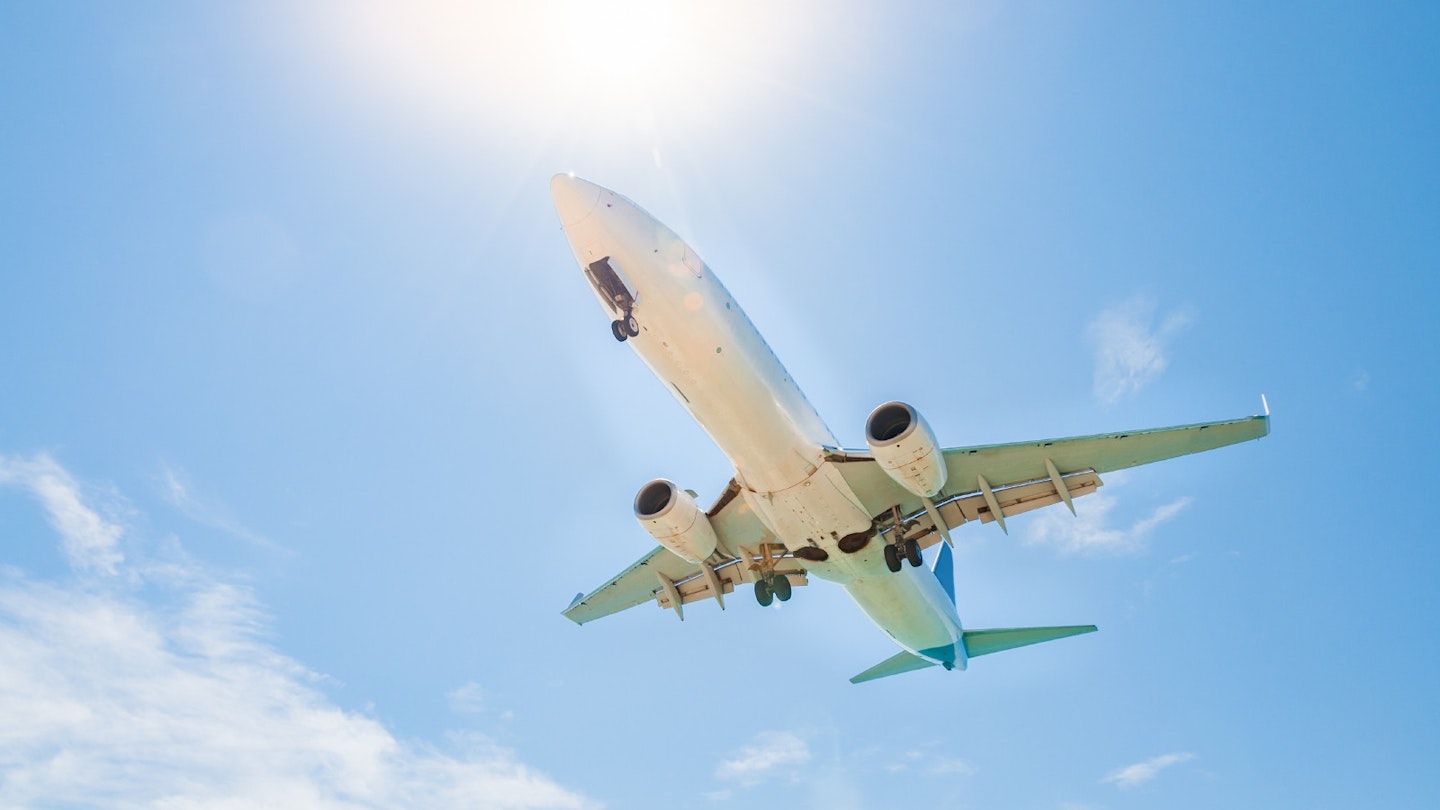The Effects of Climate Change on Air Travel
The climate crisis poses a severe threat to humanity and our planet, a fact acknowledged by the chief technology officers of leading airplane and aircraft engine manufacturers. This consensus emphasizes the aviation industry’s commitment to combating climate change.
“Climate change has become a clear concern for our society. Humanity’s impact on the climate requires action on many fronts,” stated seven chief technology officers in a joint statement at the Paris Air Show. They noted that the aviation sector is already taking substantial measures to protect the environment.
While air travel efficiency is improving, aviation is still responsible for approximately 2-10% of the global climate impact due to aircraft emissions and their altitude effects.
Emerging Technologies in Aviation
Innovative technologies aimed at reducing aviation’s environmental footprint are emerging, with electric planes expected to operate soon. For instance, US regional airline Cape Air plans to replace its nine-seater Cessnas with Eviation’s all-electric Alice aircraft. Moreover, hybrid battery-jet systems are currently undergoing design and testing phases by industry leaders such as Airbus and Rolls-Royce. However, significant changes to air travel are likely before widespread adoption of electric aircraft.
Operational Challenges Due to Heat
In extreme heat conditions, such as Europe experiencing temperatures of 45.9°C (115°F), operational limits for many aircraft can be tested. In fact, flights from Phoenix faced cancellations in 2017 due to regional jets not being certified for such high temperatures. This situation arises not from safety concerns but from a lack of necessary data regarding aircraft performance in extreme heat.
Typically, planes are certified for operational temperatures up to about 50°C (122°F) at sea level. Heat can impact lift and engine power, leading to a complex interplay of factors influencing flight safety and performance.
Reducing Lift at Higher Temperatures
In scientific terms, warmer temperatures create two significant challenges for aircraft. Lift is less effective because warmer air is less dense, consequently affecting aircraft performance. Furthermore, engines struggle to generate needed power as a result of lower air density, particularly noted at higher altitudes.
This phenomenon results in longer takeoff requirements, potentially straining runway availability, particularly in high-altitude airports. For example, Denver’s longest runway measures 16,000 feet (4,877 meters) due to its altitude compared to Los Angeles International Airport’s 12,932 feet (3,939 meters) runway, which is at sea level.
Weight Restrictions for Travelers
Travelers may find themselves impacted by these weather and altitude challenges as aircraft might be unable to operate at full capacity. This scenario could lead to rebooking flights, rescheduling cargo, or, in some cases, leaving luggage behind.
Potential Airport Limitations
Older airport infrastructure, ill-equipped for extreme heat, might lead to severe operational challenges. Under intense heat, runways and taxiways can become unsafe for aircraft, causing delays and limitations on movement. Additionally, ground support equipment may fail under temperature extremes, further complicating operations.
Increased Flight Disruptions
As climate change leads to more erratic weather patterns, air travel will likely face increased disruptions. While airlines improve their capabilities to detect adverse weather conditions proactively, passengers should anticipate more delays and unpredictability during travel.
The traveler is advised to take necessary precautions. Opt for early morning flights, have contingency plans, and remain prepared for potential delays. Staying informed about climate impacts on air travel will empower travelers to navigate disruptions effectively.




